How to Work From Home During the COVID-19 Pandemic: My Personal Tips
 freeCodeCamp
freeCodeCamp
By Black Raven
The COVID-19 coronavirus pandemic has resulted in many people working from home. So you might be wondering - how do I remain productive at home?
Remote work has been on the rise for years in many companies. Some offer remote work as a benefit to employees for better work-life balance.
And today, millions of people around the world have recently started working from home (WFH) because of the COVID-19 coronavirus outbreak.
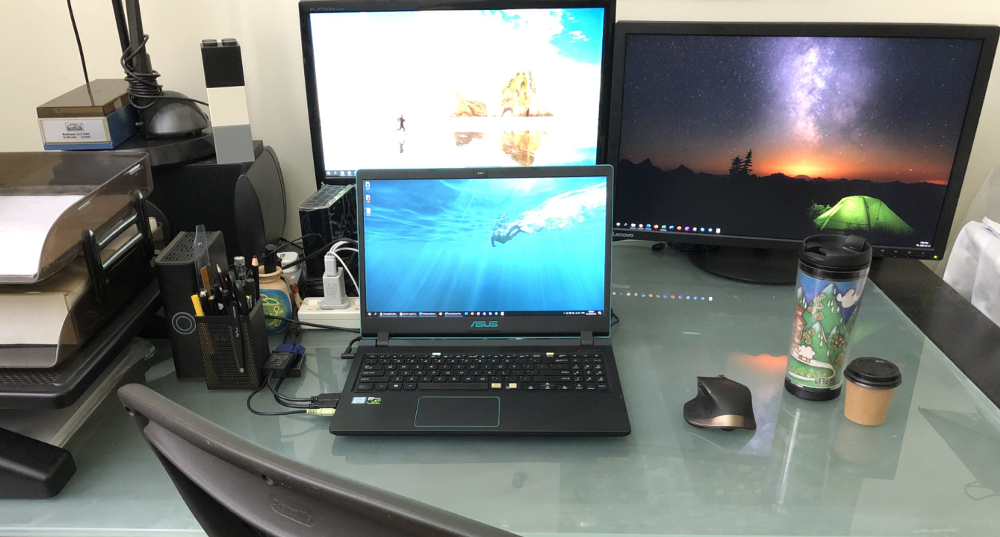
Some companies do not advocate for WFH as they believe people cannot work without supervision. Instead, they adopted a controlling and micro-management culture.
However, which is a more productive environment for employees? The home office or the office office? Well, it looks like we have the opportunity to find out.
The situation may extend for weeks or even longer. Nonetheless, it is a great opportunity for a lifestyle change. There will be no rushing to leave home and skipping breakfast so that you won't miss the train.
A joint report by Buffer and Angellist surveyed more than 3,500 remote tech workers. It found that the top benefits of WFH are a flexible schedule, the ability to work from anywhere, and not having a commute.
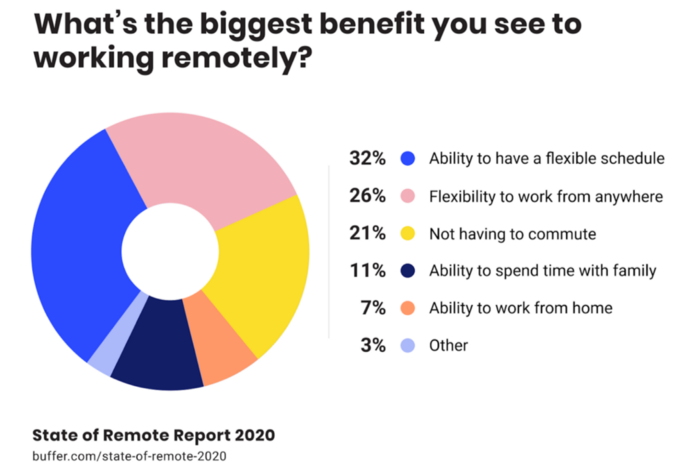
On the other end of the scale, the challenges of team collaboration and communication become apparent when team members are dispersed in isolation. They also feel constantly attached to work while distracted by things at home.
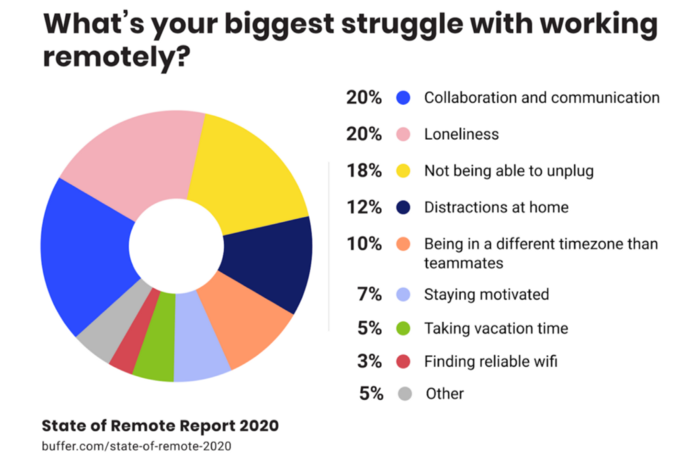
WFH is awesome. To some, it may seem like newfound freedom, but along with it comes responsibility as well. To help with the transition into this new way of working, here are some useful tips:
Daily Routine
Be disciplined. It is important to cultivate strict routines or working hours, but also be kind to yourself. Wake up at your usual time and go through your usual routine. For me, I use the time usually spent on commuting to read or stretch my legs.
Dress properly. Do not wear pajamas. The way you dress can influence your mood and attitude, so dress in proper work attire.
Set work hours. WFH allows for flexibility, but the start and end of your work day should be as routine as possible. Enforce a hard stop at the end of the day, and plan for personal errands after that. Setting a target end time will dictate expectations and increase productivity.
Create a good routine with short exercise breaks. I personally feel that moving and stretching my body energizes the brain. The truth is, endorphins are produced when exercising, which increases happiness and interest levels.

Communication
Have a daily standup meeting with your team. This can be done remotely (whether standing or sitting). Just maintain the essence of keeping it short, and keeping team members accountable to one another in their respective tasks.
Have more social interactions. WFH can be lonely, so I do plan virtual coffee breaks with co-workers (with a real fragrant cup of coffee). Keep talking to people so you do not feel isolated.
Over-communicate. WFH means I cannot walk by a colleague to say something. If the matter is urgent, I usually do redundancy in communication. For example, after an email is sent, I also send a text message to the recipient, or leave a ping on Slack.
Use emoji. Text messages usually look more formal and serious on their own. To keep messages positive, sometimes I like to lighten the mood by adding a smiley face. There's a world of difference between saying DONE and done :-).
Distractions
Keep the television turned off. It is a big distraction. The radio or music on YouTube might be better if you are the type who works well with some background music. Relaxing jazz creates an unwinding mood, whereas video game soundtracks keep the energy level high.
Stay off social media. We are all guilty of this one from time to time, and social media can be one giant time-waster if you're not careful.
Separate space to work from space to rest. You should not work in the bedroom (the bed is so comfy! And it gives you backaches), and also not in the kitchen (You have full access to all the snacks! And it upsets your diet).
Leave Home. If temptations are too distracting, go to a WiFi-enabled cafe like Starbucks. A new environment is also a great stimulant for creativity and attention.
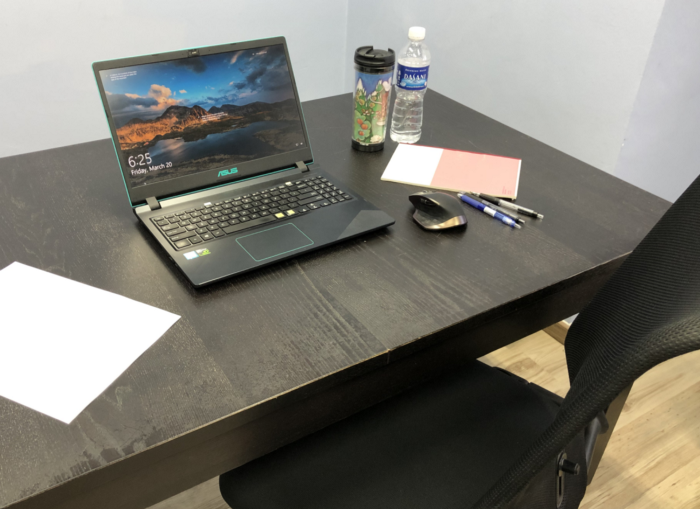
Time Management
Keep a daily checklist. Whether you work in the office or from home, it is essential to set a schedule for the day and keep track of daily tasks.
Use online tools. There's a lot of free software to improve productivity:
- Video conference: Skype, Zoom, Google Meet, Cisco Webex
- Tasks and project management: Air Table, NovaTools, Trello
- Team communication: Whatsapp online, Slack, Workplace by Facebook
- Shared documents: Dropbox, Box, GoogleDrive
Schedule frequent short breaks. Although taking breaks might seem counterproductive, research has shown that taking short breaks can actually increase productivity and creativity levels. Go get some fresh air outdoors, listen to the birds, enjoy the breeze, take time to smell the flowers, connect with nature with a short walk or cycle.
Avoid work creep. WFH can be invasive to your personal life. Without scheduled work hours, work can creep into your home life and just like personal errands can creep into work hours. Do not mix household chores into work hours.
WorkSpace Logistics
Prepare a conducive workspace. Apart from having a high-speed internet connection and a reliable router, get a comfortable chair and reserve a quiet space to be able to do focused work.
I have converted the guest room into a home office with ergonomic chairs, extended monitor screens, a full suite of stationery, and a printer. Most importantly, it is well lit and ventilated.
Use a comfortable headset or earpiece for calls. It is a good habit to mute your microphone during conference calls (unless you’re speaking) to minimize the amount of audio feedback and random sounds that interrupt the conversation.
Other hacks include: lower the video resolution when the network traffic is heavy, and use a collaboration tool to share your screen but get audio through the phone.
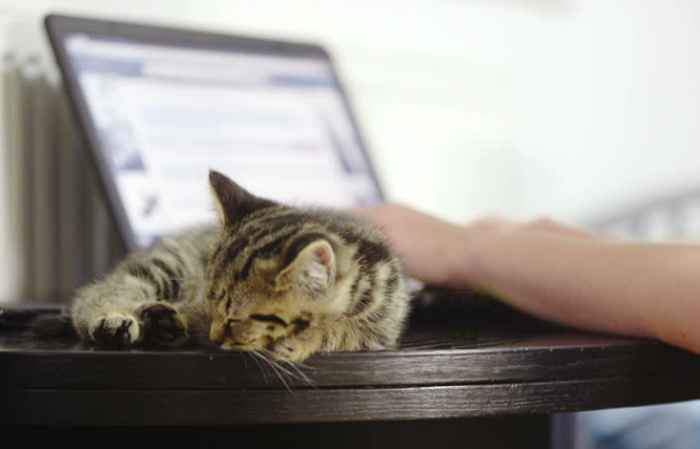
For Parents
Keep children in your plans. Due to school closure, children may also be around at home. Plan and schedule some activities to occupy them while you work.
Have staggered lunchtime to spend with children; for instance, one partner can have a lunch break at 11 am-12 pm, and the other breaks at 12 pm-1 pm, so 2 hours are spent with children.
For all we know, working with children around us might become the new norm from this season on.
Get family support. I am fortunate to have my mum to watch over the little ones during the day, along with a domestic helper to do the chores so my wife and I can focus on work.
This can be a good thing.
WFH is great for work-life balance. It increases ownership and performance. It trains people to be focused and disciplined. I look forward to seeing the productive benefits of trust and empowerment.
Everyone’s situation is different in terms of home environment, personality and habits. My advice is to ignore any tips that clash with your personal beliefs. Tailor the most effective way of working for you and keep practicing until it becomes part of a lifestyle or culture.
“It takes 21 days to form a habit”
Once a new way of working has been established all over the world, it might be hard to go back to the old ways.
Subscribe to my newsletter
Read articles from freeCodeCamp directly inside your inbox. Subscribe to the newsletter, and don't miss out.
Written by

freeCodeCamp
freeCodeCamp
Learn to code. Build projects. Earn certifications—All for free.